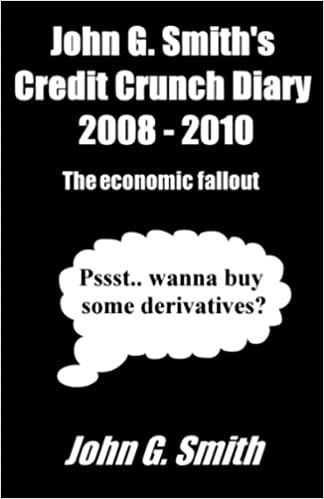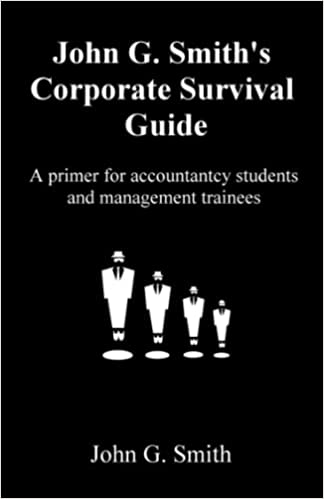John Smith’s Credit Crunch Diaries 2008 – 2010
In the autumn of 2008, the world witnessed a seismic event that would shape the course of financial history. On 15th September, the news of Lehman Brothers filing for the largest Chapter 11 bankruptcy in US history reverberated across the globe, marking the beginning of a profound economic crisis. Little did we know then that this would be the opening salvo in what would become known as the credit crunch.
In the midst of uncertainty and an ominous sense of foreboding, one individual embarked on a journey of understanding, driven by an insatiable hunger for knowledge. That person was John G Smith, whose unwavering determination to comprehend the unfolding economic catastrophe led him to meticulously record the most pivotal events of those turbulent times.
With every passing day, as terms like QE, T1 ratio, monetary and fiscal stimulus, and those enigmatic packaged debts that seemed to have infiltrated our breakfast conversations, John’s journal grew in depth and insight. He realized that capturing these momentous occurrences was not just a personal pursuit but a mission to shed light on the complexities of the financial world and its impact on ordinary lives.
John G Smith’s Credit Crunch Diary is an unvarnished account of that fateful year. Written in plain and accessible language, it reveals the truth behind how we, the unsuspecting masses, were unwittingly caught in a web woven by the greed of a few. Their actions, fueled by self-interest, would leave an indelible mark on future generations, akin to the ravages of a bygone era.
As you delve into the pages of this chronicle, you will find an objective exploration of events that shaped the economic landscape. John’s diary presents a poignant reminder of how history has a way of repeating itself, and the consequences of our collective actions can transcend generations.
In the following pages, you will bear witness to a tale of human folly and resilience, of greed and sacrifice, and of the enduring lessons that the credit crunch of 2008 – 2010 left etched in our collective consciousness. May this account serve as both a warning and a call to action, urging us to safeguard our future from the mistakes of the past.
Join John G Smith as he takes you on an unforgettable journey through the heart of the credit crunch, inviting you to ponder the legacy we leave for our grandchildren, mindful that our actions today will echo far beyond the horizon of tomorrow.
Author’s note on contents
The core content of this book covers events between October 2008 and September 2009. This was the year when the financial credit crisis hit the economic world. At the start, I would write daily by selecting and commenting on world news as it broke.
My two guiding principles were :-
• To wait for actual events rather than report on prognostications
• To keep to the macro scene unless micro occurrences were too tempting to miss.
As the credit saga unfolded, I tried to diary aspects less often but still capturing the vital and most interesting economic/financial affairs. In the event, the credit crisis did not end in September 2009. As a result, my diary rumbled on and in fact still does. But, any account has to end some place and in this case I chose March 2010.
John G. Smith’s Credit Crunch Diary is intended as a work of reference – dig into it at any point you wish. Hopefully the month and date heading and also the “also this month” tag will help.

Buy from Amazon Paperback or Ebook
John G Smith’s Corporate Survival Guide
A primer for accountancy students and management trainees
The content of this book is drawn from experience. It starts by giving tips to the young executive on how to survive and flourish in the corporate world. To those aspiring students of business and finance it then explains in plain English how to read and interpret a balance sheet and a profit & loss account before stressing the importance of the cash-flow statement.
As a part-serious, part-humorous interlude it decodes much of the terminology that infests the business and financial world.
The book includes a history of the UK stock market and sets out the fundamentals of investing, the structure of the market, share value terminology, how to choose an investment strategy and some consequences of such a choice. This section is intended for those interested in private investment and is a taster for those elite few who will enter the lucrative world of investment banking.
The author was for many years a management consultant and he gives some guidance for those considering this as a career, including a short case study.
Finally, for the small to medium size businessman comes some fatherly advice on dealing with debtors and creditors and on understanding this lifestyle choice.
Paperback: 116 pages
ISBN-13: 979-8402757967
Dimensions: 12.85 x 0.69 x 19.84 cm
Buy from Amazon Paperback or Ebook



